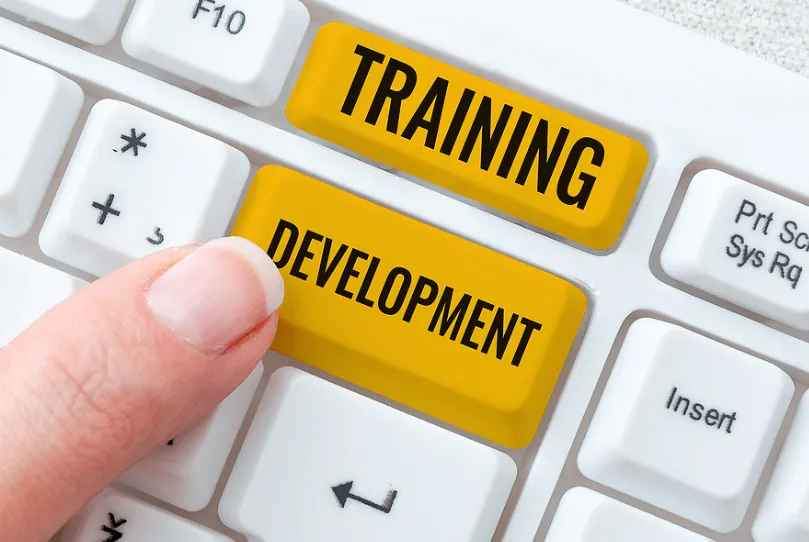Training and Development: Enhancing Workforce Capabilities
Training and Development is a critical function of Human Resource Management aimed at improving the performance of individuals and groups within an organization. This process involves enhancing the skills, knowledge, and competencies of employees to ensure they can effectively contribute to the organization's goals.
Key Components
-
Training:
- Definition: Training refers to the process of improving the knowledge and skills of employees to perform specific jobs or tasks. It is typically short-term and focused on immediate needs.
- Types of Training:
- On-the-Job Training (OJT): Practical training conducted at the workplace, where employees learn by doing.
- Off-the-Job Training: Training conducted outside the workplace, often in the form of workshops, seminars, or online courses.
- Technical Training: Focuses on specific technical skills required for a job.
- Soft Skills Training: Enhances interpersonal skills, communication, leadership, and teamwork.
-
Development:
- Definition: Development is a long-term educational process aimed at the overall growth of employees. It prepares them for future roles and responsibilities.
- Types of Development Programs:
- Leadership Development: Programs designed to cultivate leadership qualities and prepare employees for managerial roles.
- Career Development: Helps employees plan their career paths and develop skills needed for future career progression.
- Personal Development: Focuses on enhancing personal attributes such as self-awareness, emotional intelligence, and resilience.
Importance of Training and Development
-
Improved Performance:
- Training equips employees with the necessary skills and knowledge to perform their jobs more efficiently and effectively, leading to improved performance and productivity.
-
Increased Job Satisfaction:
- Employees who receive regular training and development opportunities are more likely to feel valued and satisfied with their jobs, leading to higher morale and motivation.
-
Enhanced Innovation:
- Continuous learning fosters an environment of innovation, where employees are encouraged to think creatively and develop new solutions to problems.
-
Reduced Turnover:
- Investing in employees' growth and development can lead to higher retention rates, as employees feel more committed and loyal to the organization.
-
Adaptability to Change:
- Training and development prepare employees to adapt to changes in technology, processes, and market conditions, ensuring the organization remains competitive.
Methods of Training and Development
-
Workshops and Seminars:
- Interactive sessions focusing on specific topics or skills, often involving group discussions and activities.
-
E-Learning:
- Online training modules that provide flexibility and convenience for employees to learn at their own pace.
-
Mentoring and Coaching:
- Pairing less experienced employees with seasoned professionals for guidance, advice, and knowledge sharing.
-
Job Rotation:
- Moving employees through different roles and departments to give them a broader understanding of the organization and develop a diverse skill set.
-
Simulation and Role-Playing:
- Using simulated scenarios and role-playing exercises to provide hands-on experience and practice in a controlled environment.
Challenges in Training and Development
-
Resource Constraints:
- Limited budgets and resources can hinder the ability to provide comprehensive training and development programs.
-
Keeping Up with Technological Advances:
- Rapid changes in technology require continuous updates to training programs to ensure employees are equipped with the latest skills.
-
Measuring Effectiveness:
- Quantifying the impact of training and development initiatives on performance and productivity can be challenging.
-
Employee Engagement:
- Ensuring that employees are motivated and engaged in training programs is crucial for their success.
Conclusion
Training and development are essential for the growth and success of both employees and organizations. By investing in the continuous learning and development of their workforce, organizations can enhance performance, foster innovation, and maintain a competitive edge in the market. Effective training and development programs require careful planning, execution, and evaluation to ensure they meet the evolving needs of the organization and its employees.


